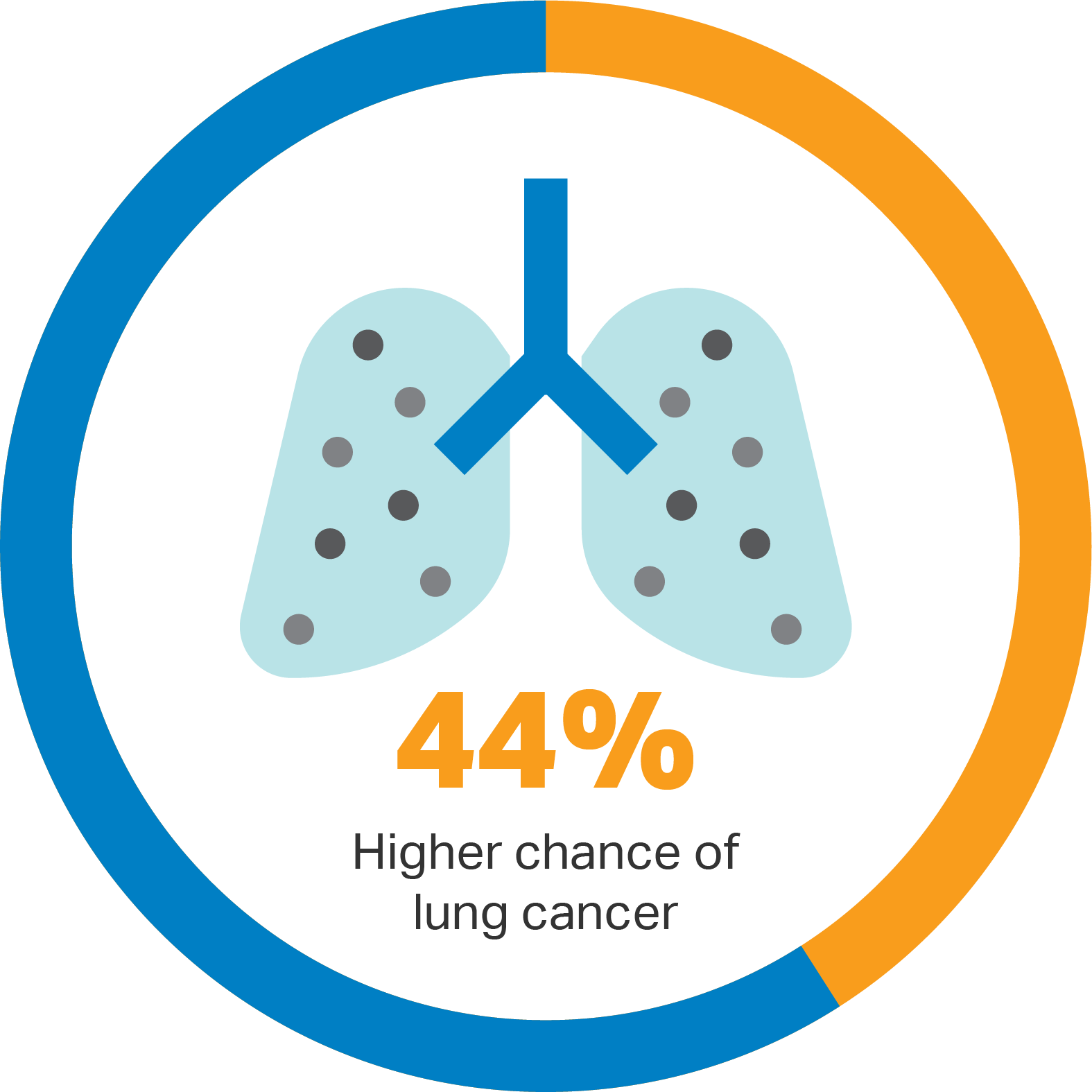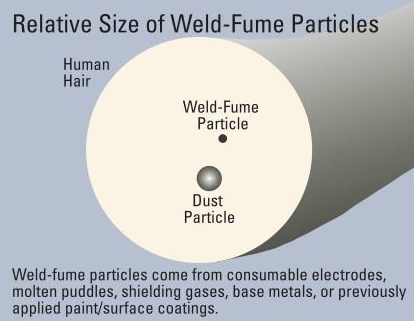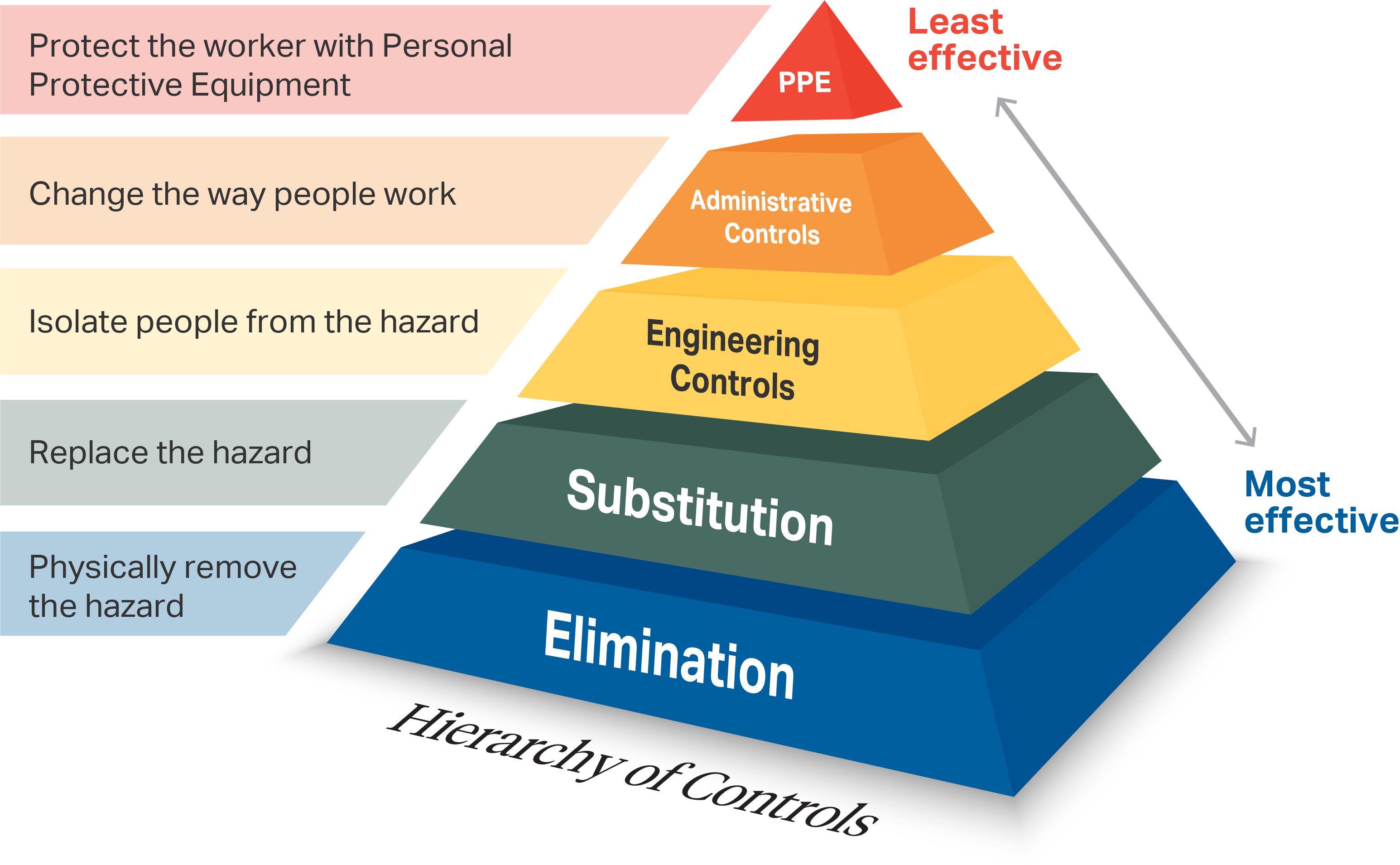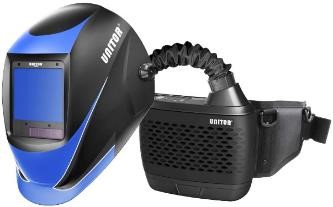
Welding Fumes - A Known Carcinogen
Welders in full welding safety gear face a variety of substances at work (e.g. chemicals, fumes, dusts, fibres) which can, under some circumstances, have a harmful effect on their health. These are called ‘hazardous substances’. If exposure to a hazardous substance is not properly controlled, it may cause ill health in several ways.
Welding fumes now a Group 1 Carcinogen
Welding fumes and UV radiation are Group 1 carcinogens - the highest designation possible for agents that can cause cancer in humans, with welding fumes’ designation being raised from Group 2B since the International Agency for Research on Cancer’s (IARC) revision in March 2017.
What are the risks?
Former welders are 44 percent more likely to contract lung cancer compared to people who have never worked in the field – based on medical findings (theage.com.au, 2014).

What current Workplace Exposure guidelines should you follow?

Australia:
The fume concentration in the breathing zone (which is inside a welder’s helmet when a helmet is worn) must not exceed 5 mg/m3.

Germany:
Technical Rules for Welding Application (TRGS 528) which are based on the TRGS 900 Exposure Limits (when a helmet is worn) must not exceed 1.25mg/m3.
With TWA”3 (Time Weighted Average), the average airborne concentration of total welding fumes must not exceed 5 milligrams of substance per m3 of air - when calculated over an 8-hour working day and a 5-day working week. Besides this general exposure standard, there are specific exposure standards for various types of chemicals.

What can be done to protect you?
Carcinogenic effects may take place years from the initiating event to a clinical diagnosis of cancer. The best way to prevent potential problems with welding fumes is to enact OSHA guidelines known as the Hierarchy of Controls. The hierarchy illustrates the comparative effectiveness of various preventive measures, from most effective to least:

If exposure limits cannot be controlled, welders must wear PPE such as the EN12941 (TH2) approved face shield.

Standard EN12941 defines three classes of performance (TH1, TH2, TH3). The classes define the level of performance (leakages in the inner helmet). TH1 is a maximum of 10%, TH2 is a maximum of 2%, and TH3 is a maximum of 0.2%.